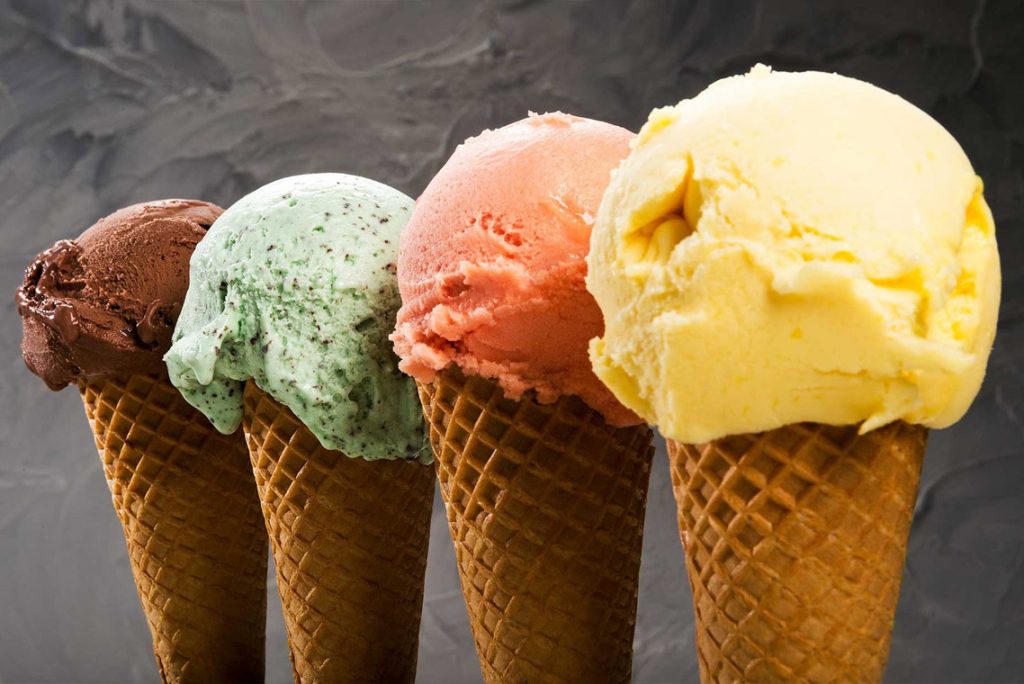What is Gelato?
Gelato has a lower butterfat content than ice cream. Gelato typically contains 4–8% butterfat, versus 14-20% for ice cream. Gelato uses a spectrometer to precisely balance fats and sugars to get a certain creaminess at a specific serving temperature.
In Italy, as done at Gelato , the mixture for gelato is typically prepared using a hot process, which includes pasteurization. White base is heated to 85 °C (185 °F). Heating the mix to 90 °C (194 °F) is essential for chocolate gelato. Our chocolate gelato starts with raw 100% pure, extra brute coco powder, not a premix with corn syrups, etc.
A non-traditional cold mix process is popular among some gelato makers in the U.S. but not at Gelato . A true connoisseur will know the difference.
Gelato must age for several hours after pasteurization is complete for the milk proteins to hydrate, or bind, with water in the mix. This hydration reduces the size of the ice crystals, making a smoother texture in the final product. Premium ice cream uses lots of fat for the same effect.
Commercial ice creams in the U.S. are frozen with a continuous assembly line freezer. Gelato is frozen very quickly in individual small batches in a batch freezer. Churning during the freezing process incorporates air into the mix. The added air is called overrun. Most ice creams contains on average 100% overrun. The overrun in gelato is low, generally 20–35%. Lower overrun results in a denser product with more intense flavor.
U.S. ice cream, with a higher fat content, can be stored in a freezer for months. High-quality artisan gelato holds its peak flavor and smooth texture only for several days when it is stored carefully at consistent, low temperatures



